How Karachi’s ‘Pickle Street’ Preserves the Past
A neighborhood famous for its achaar linked migrants to home.
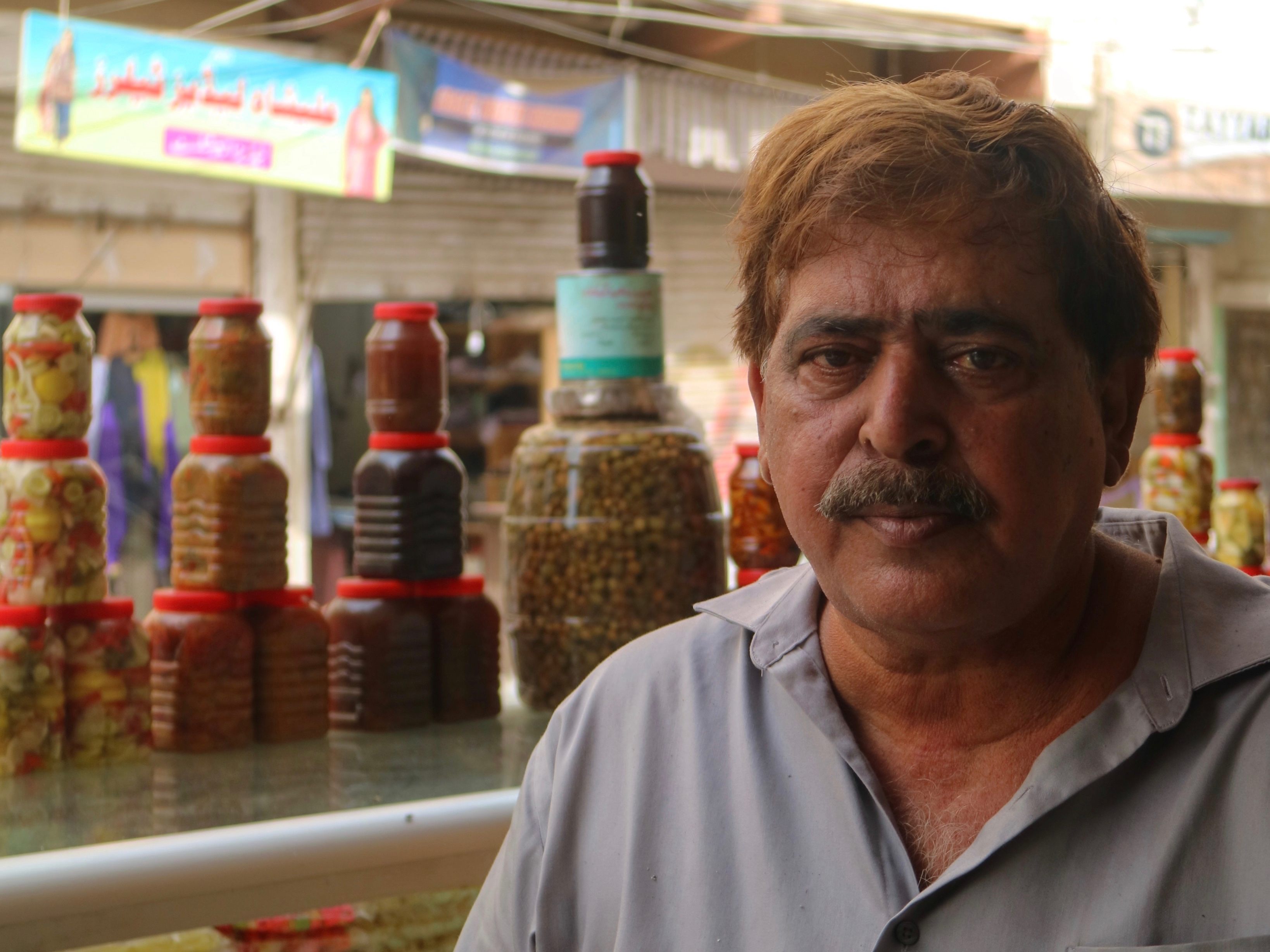
The walls of the Chutkharey House in Karachi, Pakistan, are lined floor-to-ceiling with pickle jars in an autumnal palette of crimson, mustard, and olive green. Situated at the edge of achaar gali, a street devoted to vendors selling pickled mango, pickled carrots, and more than 50 additional varieties of Hyderabadi achaar, the pungent aroma in the 60-year-old establishment is discernible from a distance. Achaar is prepared by fermenting raw fruits and vegetables in oils along with spices such as fennel, turmeric, mustard seeds, and fenugreek. If achaar production and consumption were a competitive sport, the Hyderabadis would undoubtedly win gold.
The proprietor, Mashood Shah Faheem, prepares small batches of achaar on the premises each day. He makes one of his shop’s unusual combinations, ambade ka achaar, by fermenting red sorrel leaves with tamarind, fenugreek, and curry leaves. He also offers hard-to-find, meat-based varieties that are distinctly Hyderabadi: mutton achaar, shrimp achaar, chicken achaar. Perched atop a plastic stool behind a glass counter encasing a menu printed only in Urdu, Faheem beams proudly: “We have been in the food business for generations.” The recipes originate from his grandfather, and his mother prepared the achaar at home for sale in the shop until she passed away a few years ago.
Chutkharey House is an institution in Karachi, but it serves food from Hyderabad, an Indian city a thousand miles away, on the other side of a militarized border. Faheem’s father set up the business in 1954 after migrating to Karachi. He was one of many immigrants who made the neighborhood now known as Hyderabad Colony a food destination. Due to restrictive visa policies between Pakistan and India, the pickle shops of achaar gali have been a rare taste of home for many Hyderabadis.
The origins of Hyderabad Colony can be traced back to the Partition of India in August 1947. After the British left—following 300 years of colonial rule—the Indian subcontinent was divided into two independent nation states: Hindu-majority India and Muslim-majority Pakistan. This religious split unleashed one of the largest migrations in human history. Muslims traveled to West and East Pakistan (present-day Bangladesh), and Hindus and Sikhs from Sindh and Punjab headed in the opposite direction.
The division was both dramatic and violent. According to recent estimates, within four years after the Partition, 14.5 million people had migrated into India and Pakistan while a further 3.4 million people were reported missing or unaccounted for. Massacres, forced religious conversions, mass abductions, and sexual violence were rampant. In the words of Ayesha Jalal, a Pakistani historian, Partition “continues to influence how the peoples and states of postcolonial South Asia envisage their past, present, and future.”

During Partition, many Muslims who lived in towns and cities that became part of India moved to Karachi, the new country’s largest city and prosperous capital. One such group came from Hyderabad Deccan, a wealthy princely state in Southern India that was autonomous under British colonial rule, and whose efforts to remain independent led to police action and communal violence in 1948. These migrants settled in a working class neighborhood in Karachi, which became known as Hyderabad Colony, and the site of new food businesses catering to both struggling migrants and renowned Hyderabadi academics and literary figures living in more affluent areas of the city.
These migrant families brought over a particularly rich culinary tradition. “The Nizam princes were inveterate epicures,” writes travel journalist Sarah Khan, “and with the refined ingredients of the north (such as saffron) and the fiery spices of the south at their chefs’ disposal, palace kitchens became de facto culinary innovation labs.” These royal experiments fused the courtly cooking traditions of the Mughals with the sour notes of native Telugu cuisine. The Hyderabadi penchant for achaar derives from the centrality of vegetarian achaar in Telugu cuisine, where it is not just a condiment, but often the star dish in a meal.
Hyderabad Colony quickly became a place to find traditional delicacies such as mirchi ka salan (curried green chilli with peanuts and sesame seeds), baghaare baingan (tangy baby eggplants cooked with tamarind, roasted peanuts, grated coconut, and dry spices), and the decadent double ka meetha (fried bread slices soaked in hot milk infused with saffron and cardamom).
For the Hyderabadi community living in Pakistan, cuisine served as a sensory vehicle for recreating memories of a homeland they left behind and rarely visited. “We now live in Karachi, and for all practical purposes are Pakistani. But how can we forget that we are also Hyderabadi?” says Faheem. “Continuing the culinary traditions passed down by our parents reminds us of our dual identity.”
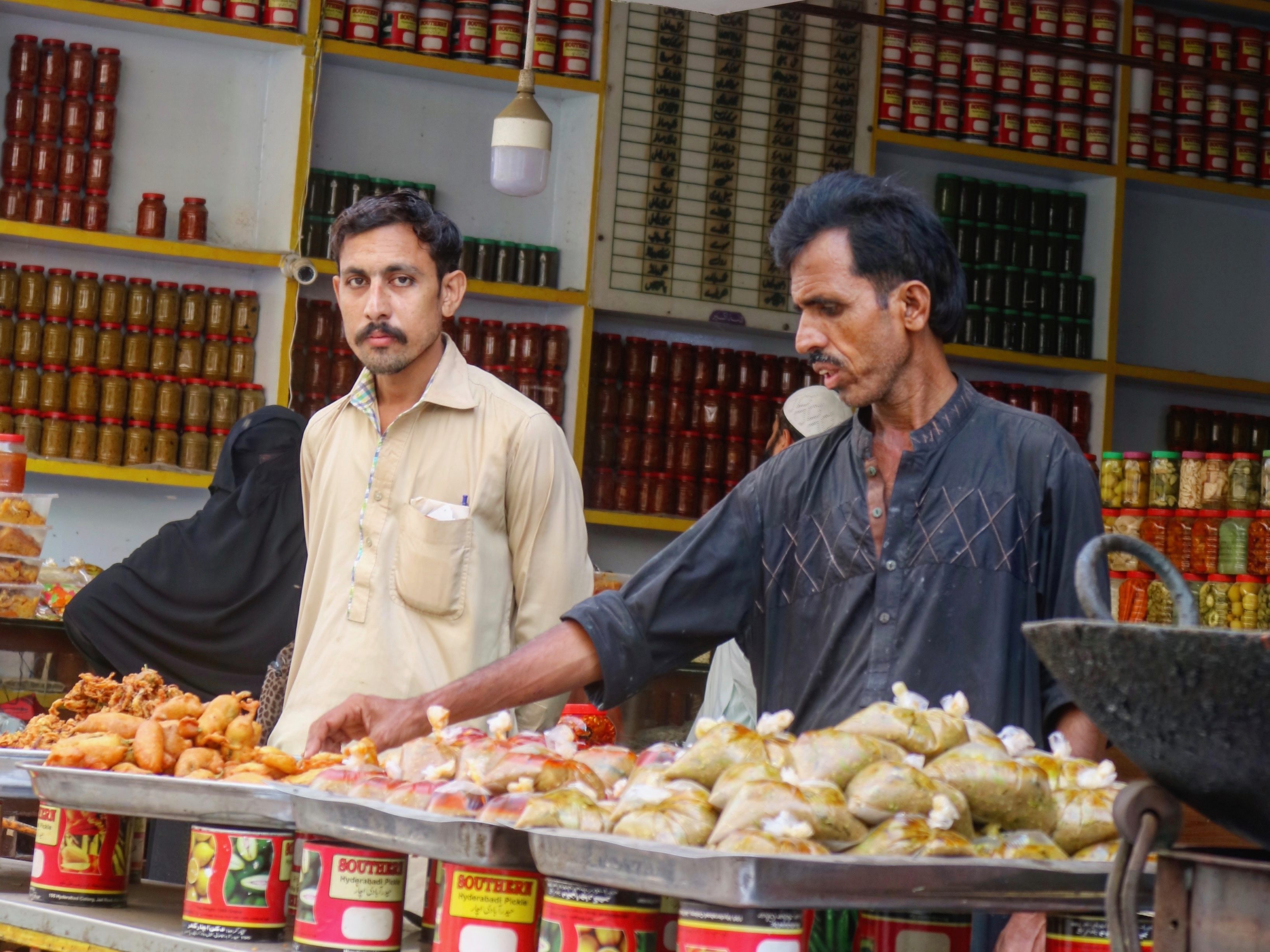
But when I visited Hyderabad Colony in September, the once bustling streets were quiet, and only a handful of food businesses were open. Ethnic strife and the deteriorating law and order situation in Karachi in the 1990s prompted many Hyderabadis to sell their homes and businesses and relocate. The disappearance of Hyderabadi chefs and cooking knowledge—as the older generation of migrants passed away—also seems to have contributed to the decline. Faheem claims that several shops closed down because they didn’t have the capacity to produce their own achaar. They bought from him instead, but this made their profit margins too thin to survive.
Mrs. Hashmi, a longtime customer who was born in Hyderabad, chimes in to complain that other shops are diluting classic recipes by incorporating regional Pakistani cuisine. “Now you have versions [of biryani] being sold here with the addition of potatoes,” she says. “That is not Hyderabadi.” Still, she thinks food quality has improved among the few remaining vendors.
“This street has given Hyderabadis an unmistakable identity,” says Faheem from his seat in front of a wall of pickled, multi-colored fruits, vegetables, and meats. “Ask any rickshawwallah in Karachi to bring you to achaar gali, and he will know the directions.”
For Faheem’s father, running the achaar business helped alleviate a sense of alienation caused by displacement. Since his passing, it has become a personal mission for Faheem to keep alive the royal cuisine that his forefathers mastered in another country. As is customary with family businesses in South Asia, fathers groom their sons to succeed them. However, Faheem’s two sons, who are studying business management and chartered accountancy, will likely opt for more lucrative office jobs.
“I cannot predict what the fate of this business will be in 10 to 15 years,” Faheem says with a hint of regret. “We found our lost territory in the kitchens and dining tables of this city. I can only hope our future generations remember that.”
Gastro Obscura covers the world’s most wondrous food and drink.
Sign up for our regular newsletter.






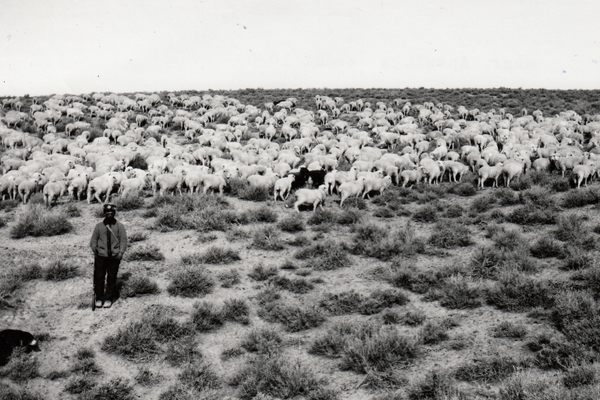
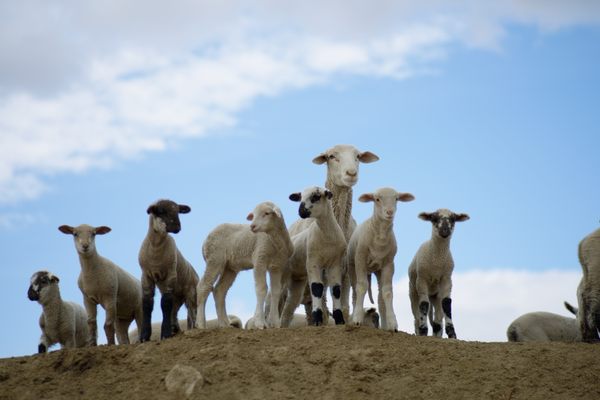

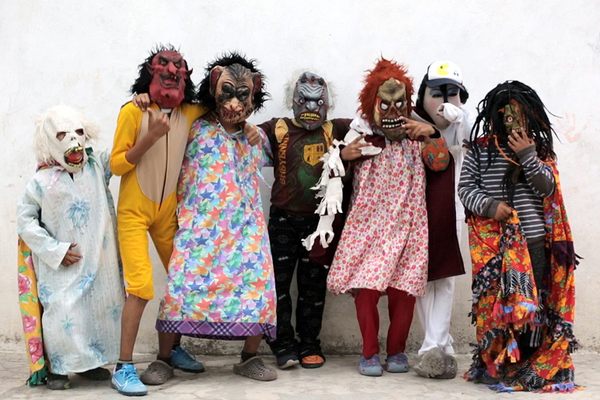










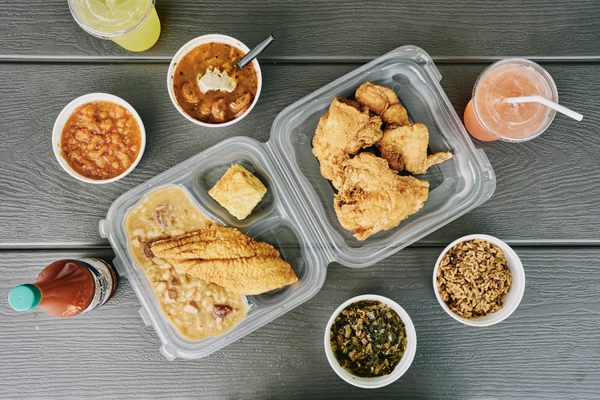
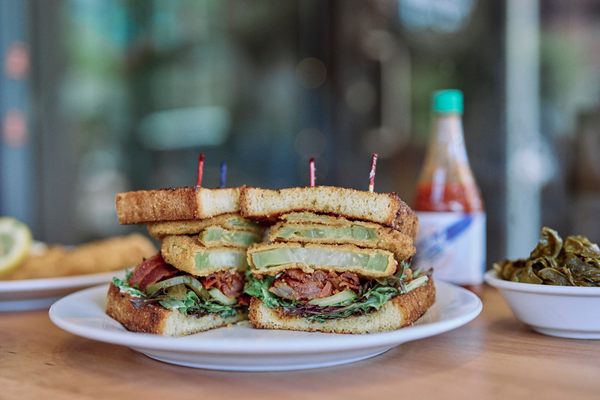
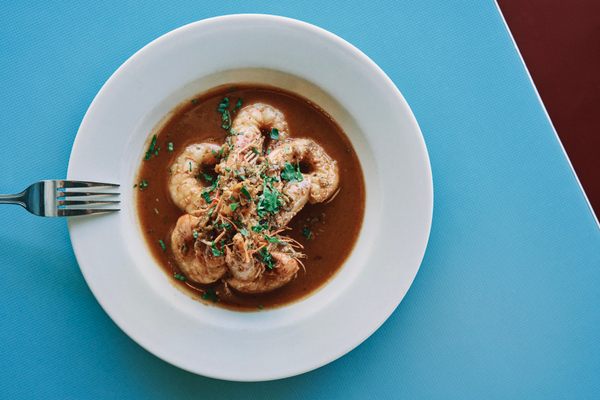

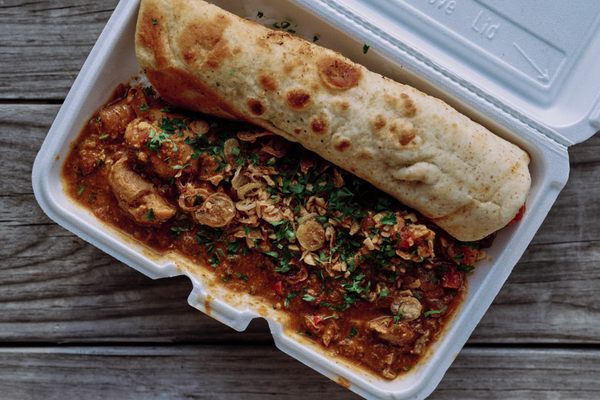


Follow us on Twitter to get the latest on the world's hidden wonders.
Like us on Facebook to get the latest on the world's hidden wonders.
Follow us on Twitter Like us on Facebook